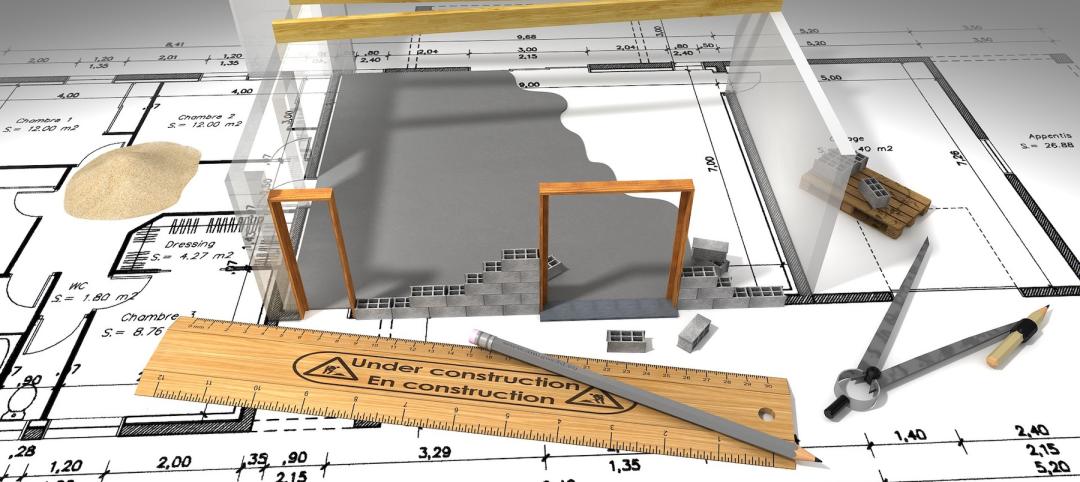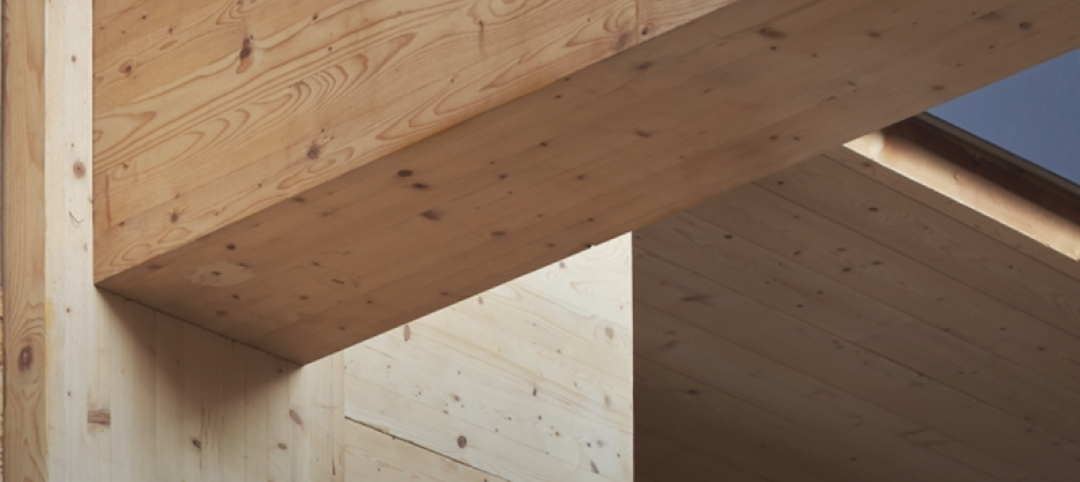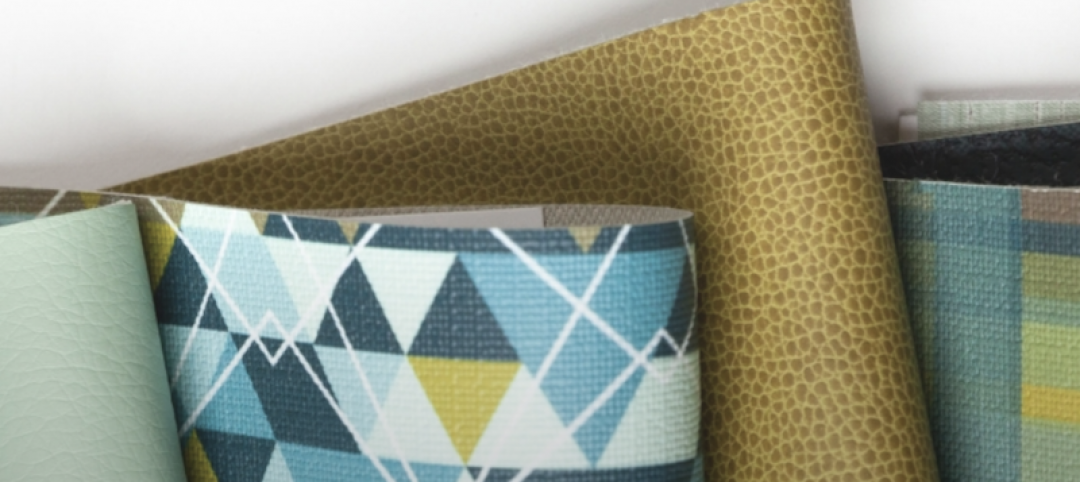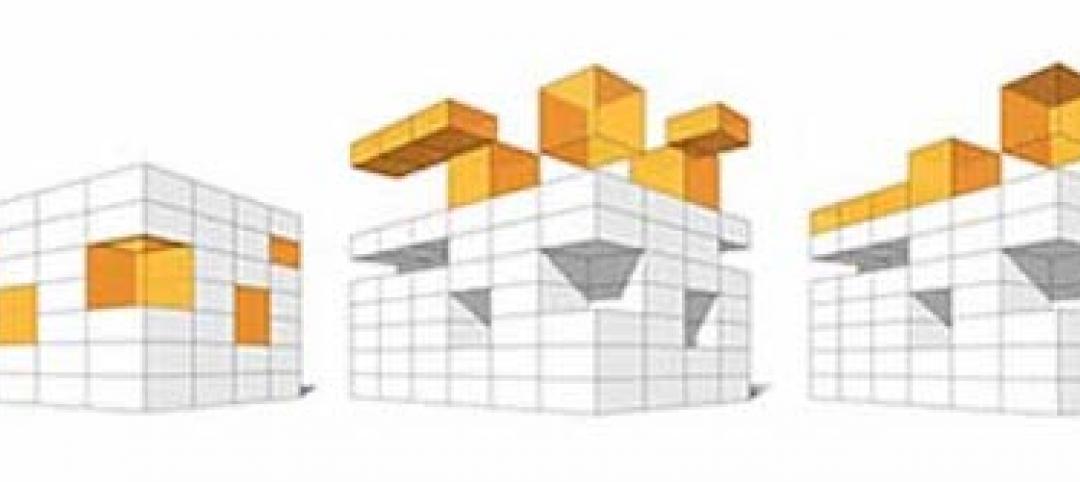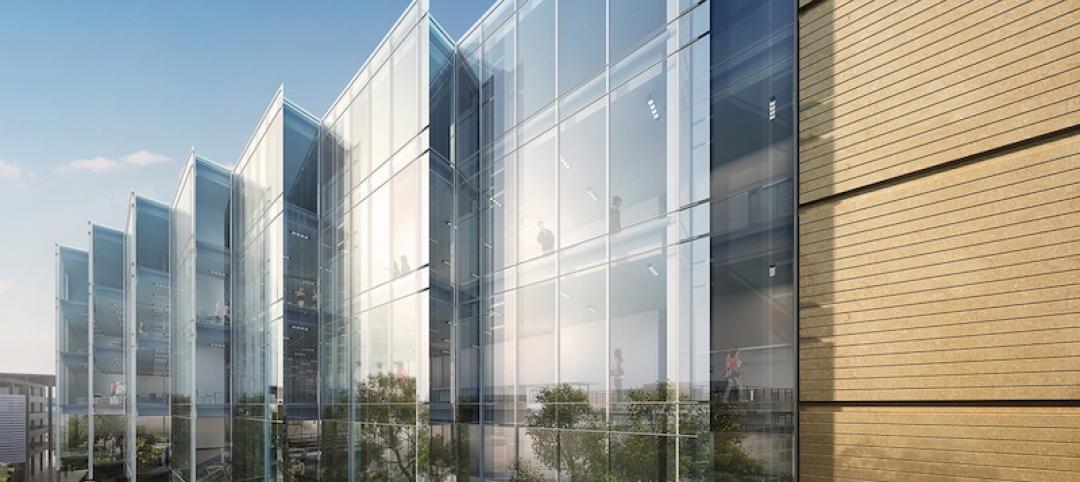Tradition and innovation. Technology and medicine. Retail and clinics. Our solutions to both today’s and tomorrow’s challenges lie at the convergence of technologies, industries, and types of care. Our Regional Director for Health in China, Sangmin Lee, KIA, LEED AP BD+C, recently delivered a presentation at the 20th China Hospital Construction Conference in Chengdu on the current trends in global healthcare.
From his talk, here are five nontraditional health partnerships that can be forged to create forward-thinking design that is both adaptive and patient-centric:
Technology Enabled Experience
Technology and patient care are merging to create greater agency, communication, transparency, and comfort for patients through technology-enabled experiences. Innovations based in this type of experience are breaking down the sterile, clinical feeling of healthcare and replacing it with a dose of humanity.
The HDR-designed Humber River Hospital in Ontario, Canada, realized the potential of technology enabled experience as the first fully-digital hospital in North America. All too often, patient experiences are characterized by a frustrating lack of autonomy, limited accessibility to health information, and feelings of isolation. Humber River addressed these challenges with their Patient Bedside Terminal that allows patients to view their personal health information, check the weather and news, and make calls all from a bedside touch screen.
Yet, improving overall experience in care spaces doesn’t stop at the patient experience. When designing for occupant experience, how family and friends are involved and committed to their loved one’s care must be considered. Hospitals are beginning to employ real-time text communication for patients’ families with updates on their status. Whether it’s for the patients themselves or their loved ones, care providers can lend peace of mind with clear and immediate lines of communication already available to them.
Retail Thinking
Retail design goes beyond simply drawing people inside the retail space and generating profit. The key is designing spaces for people to have the right experience at the right time. For health design, that means creating an engaging space that entertains, nourishes, and comforts patients all within a clear message of sustained health and wellness from the beginning of the experience to the end.
An original approach to creating an innovative in-store experience is Tesla Motors in Toronto. The store features interactive displays where customers can configure their own car on a large touchscreen and then view it on a video wall at the back of the store. This interactive space purposefully reflects the high-tech, new-age image of Tesla as it engages customers throughout the studio. So how can health design take a page out of Tesla’s book?
At Omaha’s THINK Whole Person Healthcare, they have reimagined the delivery of healthcare to create a one-stop shop of clinic services that offers health and wellness products and services. Much of this unorthodox design was driven by retail thinking and a desire to create a holistic care space complemented by shops and eateries supporting the mission of THINK. The space features a juice bar, cafés, and health-related shops that invite visitors to settle into the space and reinforce a healthy lifestyle. By including healthy retail choices and service-oriented strategies in design, healthcare design can enhance patients’ experiences, solidify their brand message, and give care spaces a solid sense of place that draws people in.
Translational Medicine
On average, it takes about 17 years to develop new medicine or treatments. In that process, 86 percent of the time, innovators fail. When it comes to arriving at solutions sooner and driving up the odds of success for better patient outcomes, translational medicine, the convergence of expertise, may be the ticket. Design can initiate this shift to a new future that brings doctors, scientists, nurses, engineers and therapists together in the same space to collaborate on healthcare solutions.
Shirley Ryan AbilityLab, after over 25 years as the top rehabilitation facility, changed their name and appearance in pursuit of a modern brand image. Their mission is manifested in the hyper-futuristic, polished design of the new Shirley Ryan AbilityLab. The facility’s design is most innovative in how it informs a multi-disciplinary function. The design was developed around creating adjacencies between disciplines to enable and encourage collaboration amongst the various professionals, whether they’re engineering devices for rehabilitation therapies, guiding patients through treatment and therapy, or conducting research. This bench-to-bedside strategy under one roof can expedite innovation for greater patient outcomes.
Data-Driven Design
Creativity and data aren’t often associated with one another; however, in health design, the two are complementary. Data-driven design links operation to design so healthcare providers can forecast which elements work best for their productivity, fiscal and patient experience goals. With today’s technology, we have an arsenal of tools to analyze the effectiveness of future design and guide design decisions. Before committing to a decision, we can validate it with predictive analytics, operations design and visualizations like virtual reality and augmented reality to provide greater peace of mind.
With implementations like scenario mapping, designers are able to measure the functionality of a design; including how long it takes to get from core space to a patient room, then to the outside of the facility. These tools can provide insight into how many operating and exam rooms should be included, which adjacencies should be prioritized, which circulation patterns work best, and what construction costs may amount to. As this strategy becomes more prevalent in health design, healthcare providers are going to expect a comprehensive data-driven approach that will optimize efficiencies and improve the patient experience.
Drones in Healthcare
We often discuss the future with optimism. While we can dream and design for an optimistic and beautiful future, we must prepare for realities like natural disaster or war. Drone technology may be a safer and more immediate form of healthcare delivery that can render care accessible at the front line or in the eye of the storm. Still advancing, drones are becoming more resilient and capable of carrying heavier loads, navigating tricky courses, and traveling great distances without a driver. In the near future, they can feasibly aid in search and rescue missions, transport and deliver treatment and supplies, and offer remote telemedicine or patient care at home. To prepare for these futures, we can initiate unorthodox relationships — specifically the convergence of the digital and physical world — for new forms of health delivery.
More from Author
HDR | Jun 30, 2022
Adopting a regenerative design mindset
To help address the current climate emergency, a new way of thinking across the entire architecture, engineering and construction industry is imperative.
HDR | Jan 11, 2022
Designing for health sciences education: supporting student well-being
While student and faculty health and well-being should be a top priority in all spaces within educational facilities, this article will highlight some key considerations.
HDR | Sep 28, 2021
Designing for health sciences education: Specialty instruction and human anatomy labs
It is a careful balance within any educational facility to provide both multidisciplinary, multiuse spaces and special-use spaces that serve particular functions.
HDR | Aug 20, 2021
Prioritizing children’s perspectives with play-based design charrettes
Every effort is made to assure that captured insights and observations are authentically from the children.
HDR | Sep 25, 2020
Performance-based textile cleaning and disinfection in the age of COVID-19
It is essential for both designers and environmental services to know the active ingredient(s) of the cleaning products being used within the facility.
HDR | Jan 27, 2020
Elevating the human experience in public realm infrastructure
Understanding the complexities of a community by pairing quantitative data and human needs.
HDR | Oct 2, 2019
Why mass timber?
In a world where the construction industry is responsible for 40% to 50% of CO2 emissions, renewable materials, such as wood, can help mitigate the rate of global warming.
HDR | Dec 18, 2018
Redesigning the intergenerational village: Innovative solutions for communities and homes of the future
Social sustainability has become a central concern in terms of its effect that spans generations.
HDR | Jun 8, 2018
Data is driving design for education
In gathering this constant flow of data and recognizing the shifting trends, how can educational institutions make informed choices and smart design decisions that lead to higher efficiency and improved control over capital budgets?


